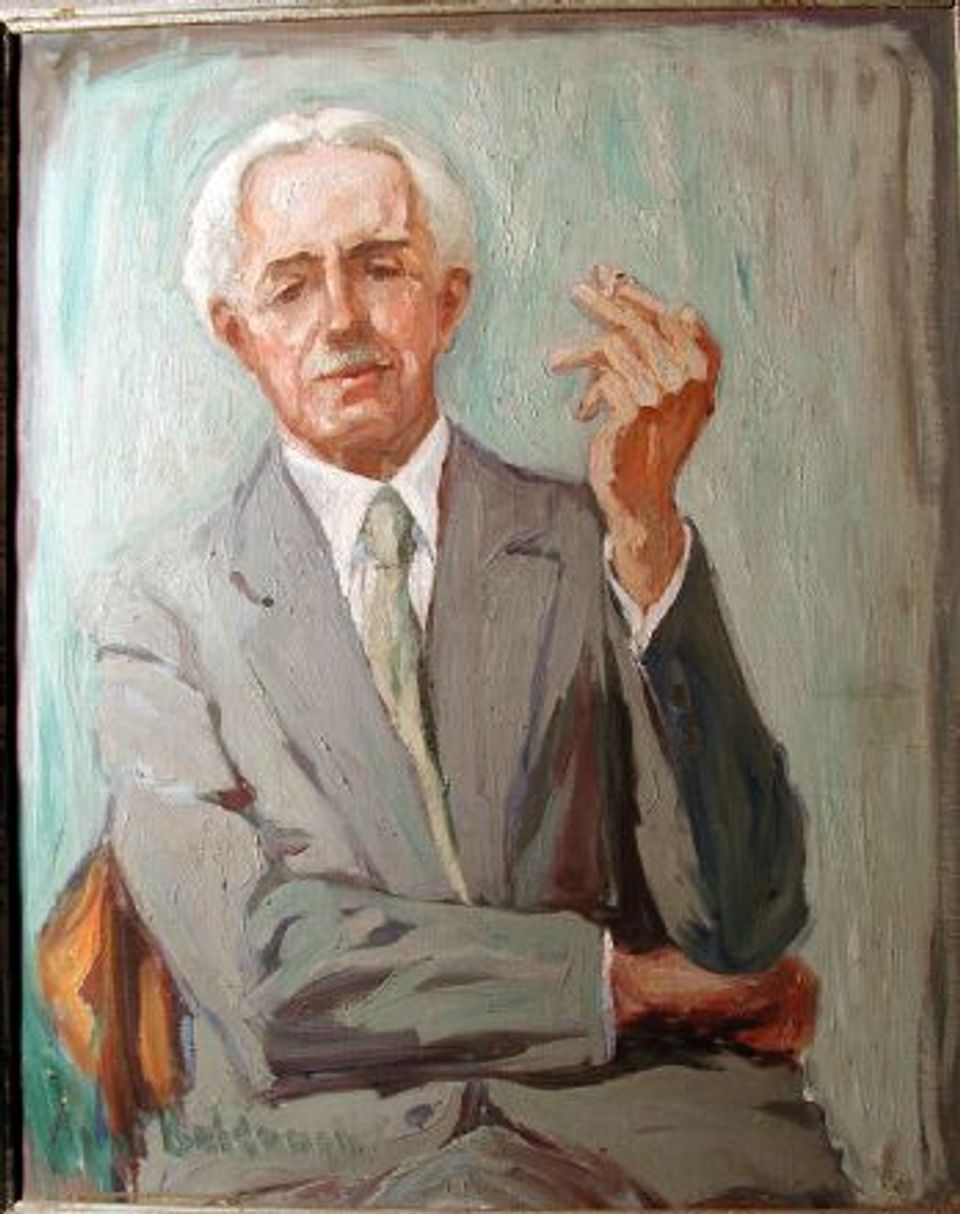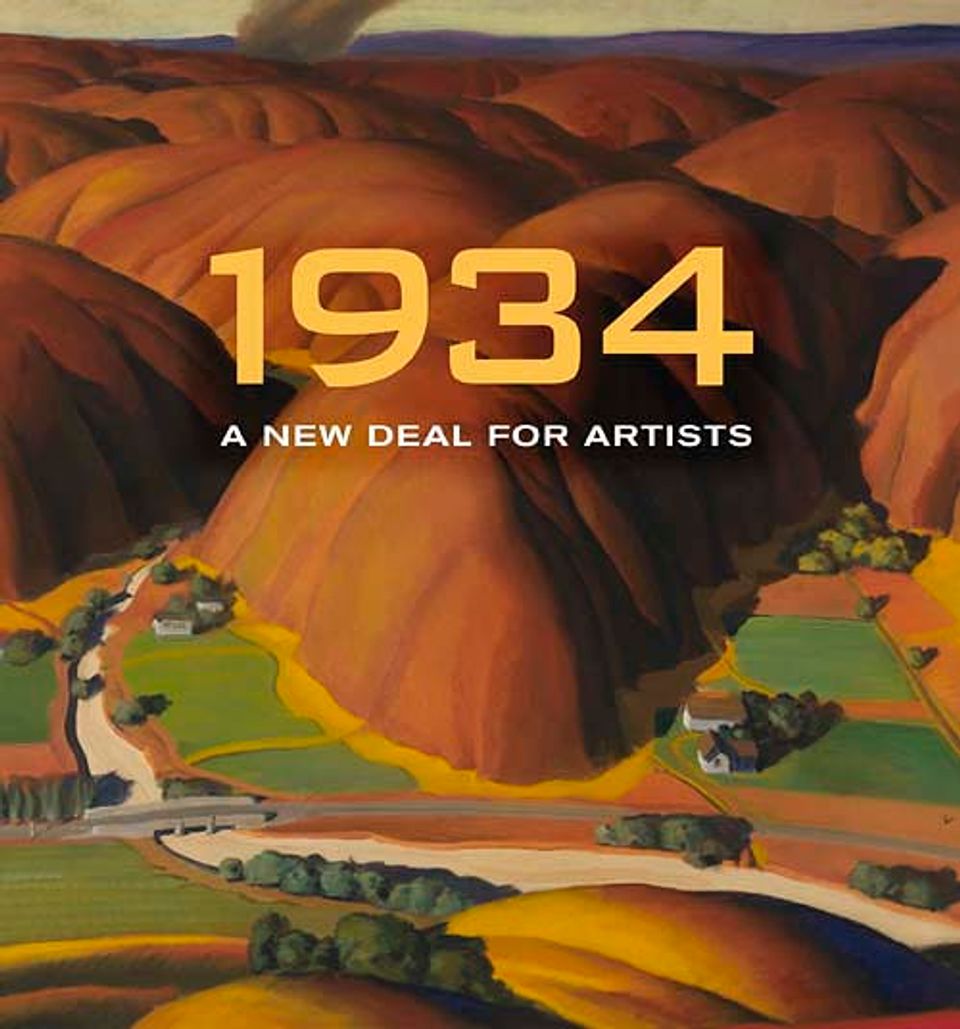Artist
Charles Reiffel
born Indianapolis, IN 1862-died San Diego, CA 1942

- Also known as
- Charles P. Reiffel
- Died
- San Diego, California, United States
- Biography
Charles Reiffel was a strikingly handsome man who wore his white hair long in order to cover a disfigured ear. His father had come from Bavaria to the United States in the 1840s and his mother was from an old Virginia family. He started his career as a lithographer and did not begin painting until 1912. Reiffel settled in Silvermine, Connecticut, where he was part of an informal group of artists called the Knocker’s Club, whose members met every Sunday morning to criticize each other’s work. In 1925, Reiffel and his wife planned a vacation through New Mexico and Nevada, but bad weather forced a detour to San Diego. They settled there permanently, and Reiffel became a leader in San Diego’s cultural scene.














